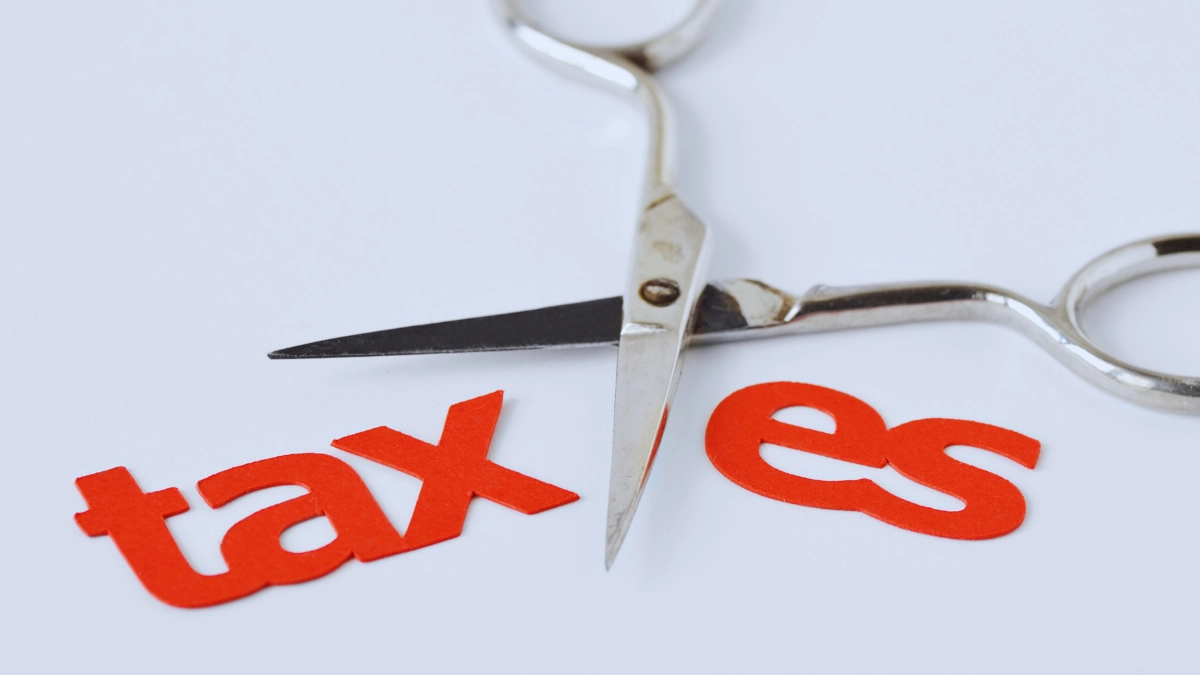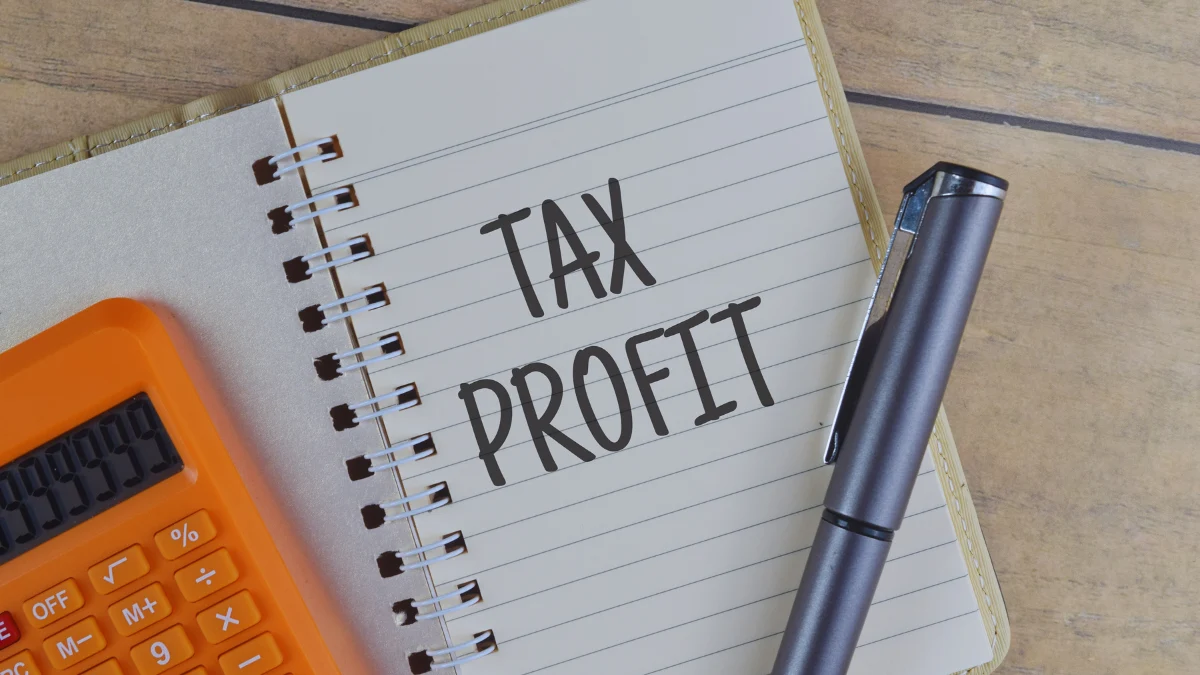You made smart investments. Your assets grew. Now the IRS wants its cut.
Maybe you bought Apple stock at $50 and it’s worth $200 now. Or you bought a rental property for $300k that’s worth $800k today. Selling means paying capital gains taxes. That could be 15% to 23.8% of your profit gone.
But here’s what bugs you most: You know rich people pay way less in taxes than you do. Warren Buffett famously pays a lower tax rate than his secretary. How is that even legal?
The answer is simple. Wealthy people use tax strategies that most accountants never mention. These aren’t shady offshore schemes. They’re perfectly legal moves written right into the tax code.
Your accountant might not know these strategies. Or they might think you’re not rich enough to use them. They’re wrong.
Here are 8 legal ways the wealthy avoid capital gains taxes. Some you can use today. Others require planning. All of them are 100% legal.
1. The Real Estate Swap That Delays Taxes Forever

Rich real estate investors never actually sell their properties. They swap them.
It’s called a 1031 exchange. The name comes from section 1031 of the tax code. Here’s how it works: Instead of selling your property and paying taxes, you trade it for another property of equal or greater value.
The IRS lets you do this without paying any capital gains taxes. Ever. As long as you keep swapping properties until you die.
Let’s say you bought a rental property for $400k. It’s now worth $700k. Selling would trigger $71k in capital gains taxes (assuming a 23.8% rate). With a 1031 exchange, you pay $0 in taxes and own a $700k property instead.
The rules are strict:
- You have 45 days to identify your new property
- You have 180 days total to complete the swap
- Both properties must be “like-kind” (almost any real estate counts)
- You need a qualified intermediary to handle the money
Donald Trump used 1031 exchanges for decades to build his real estate empire. It’s perfectly legal and saves massive amounts in taxes.
The catch? This only works for investment or business properties. Not your personal home. And you need to actually want to own real estate, not just cash.
2. The Government Program That Makes Investments Tax-Free

In 2017, Congress created something amazing for investors. Opportunity Zones let you invest your capital gains and potentially pay zero taxes on the profits.
Here’s the deal: Instead of paying capital gains taxes, you can invest that money in an Opportunity Zone fund. These funds invest in low-income areas that need development.
The tax benefits get better over time:
- Hold for 5 years: Pay 10% less on your original capital gains
- Hold for 7 years: Save 15% on your original capital gains tax bill
- Hold for 10 years: Pay zero taxes on any profits from the Opportunity Zone investment
Let’s say you have $100k in capital gains from selling stock. Normally, you’d pay $23,800 in taxes. Instead, you invest that $100k in an Opportunity Zone fund.
After 10 years, your investment grows to $200k. You can take out the entire $200k and pay zero capital gains taxes on the $100k profit.
There are 8,764 Opportunity Zones across all 50 states. You can find them in cities like Miami, Austin, and Seattle. Not just rural areas.
The downside? You’re locked in for 10 years to get the best benefits. And you’re investing in areas that might be risky. But for people with large capital gains, this can save hundreds of thousands in taxes.
3. The Charity Move That Pays You Income for Life

Rich people figured out how to give money to charity and actually make money doing it.
It’s called a Charitable Remainder Trust (CRT). You put your appreciated assets into the trust. The trust sells them and pays no capital gains taxes. Then it pays you income for the rest of your life.
Here’s a real example: You own $1 million in Amazon stock that you bought for $200k. Selling would cost you $190k in capital gains taxes.
Instead, you put the stock into a CRT. The trust sells the stock and pays zero taxes. Now you have the full $1 million working for you, not $810k after taxes.
The trust invests the money and pays you 6% annually. That’s $60k per year for life. When you die, the charity gets what’s left.
But wait, there’s more. You also get a tax deduction upfront. With our example, you’d get about a $400k tax deduction in the year you create the trust.
So you get:
- $60k annual income for life
- $400k immediate tax deduction
- Zero capital gains taxes
- The good feeling of helping a charity
The catch? You can’t get your original assets back. The charity eventually gets the money. This works best if you were planning to give to charity anyway.
4. The Stock Market Trick That Turns Losses Into Tax Savings

Smart investors lose money on purpose. It sounds crazy, but it’s brilliant.
Tax-loss harvesting means selling investments that have lost money to offset your capital gains. The IRS lets you use investment losses to cancel out investment gains dollar-for-dollar.
Here’s how it works: Say you made $50k selling Apple stock. But you also own Tesla stock that’s down $30k. Sell the Tesla stock and you only pay capital gains taxes on $20k instead of $50k.
You just saved about $7k in taxes.
But here’s the advanced move: Buy Tesla stock back after 30 days. The IRS has a “wash sale” rule that says you can’t buy the same stock back for 30 days. But you can buy something similar right away.
Modern investors use “direct indexing” to make this automatic. Instead of owning an S&P 500 fund, you own all 500 individual stocks. Software automatically sells losers and buys similar stocks to maintain the same exposure.
This can generate 0.5% to 1% in additional returns annually just from tax savings. On a $1 million portfolio, that’s $5k to $10k in tax savings per year.
The best part? You can carry forward unused losses forever. If you lose $100k one year but only have $20k in gains, you keep $80k in losses to use next year.
5. The Installment Plan That Spreads Your Tax Bill Over Decades

Instead of paying all your capital gains taxes at once, you can spread them over many years.
It’s called an installment sale. Instead of getting paid all at once, the buyer pays you over time. You only pay capital gains taxes as you receive the money.
Here’s an example: You sell your business for $2 million. Normally, you’d pay about $400k in capital gains taxes all at once.
With an installment sale, the buyer pays you $200k per year for 10 years. You pay capital gains taxes on $200k each year instead of the full $2 million at once.
Why does this help?
- It might keep you in a lower tax bracket each year
- You earn interest on the unpaid balance
- You have 10 years of cash flow instead of one lump sum
The buyer has to pay you interest on the unpaid balance. The IRS sets minimum interest rates (currently around 5%). So you’re getting paid to wait.
This works great for business sales, real estate, or any large asset sale. You need a buyer willing to pay over time instead of all at once.
The risk? The buyer might not pay you. That’s why you typically keep a security interest in what you sold. If they don’t pay, you get it back.
6. The Estate Planning Move That Erases Capital Gains Forever

Here’s the ultimate capital gains strategy: Don’t sell until you die.
When you die, your heirs get what’s called a “stepped-up basis.” That means they can sell your assets and pay zero capital gains taxes.
Let’s say you bought Berkshire Hathaway stock for $100k in 1990. It’s worth $2 million today. If you sell, you pay capital gains taxes on $1.9 million in profit.
But if you hold it until you die, your kids inherit it with a $2 million basis. They can sell it immediately and pay zero capital gains taxes.
This saves your family about $450k in taxes.
Smart, wealthy families plan for this. They hold their most appreciated assets until death. They use other strategies (like the ones in this article) for assets they need to sell while alive.
You can make this even better with trusts. Put your assets in a revocable trust, and you still get the stepped-up basis. But now the assets don’t go through probate when you die.
The downside? You have to actually die to get this benefit. And current estate tax rules might change. But for assets you don’t need to sell, this is the ultimate tax strategy.
7. The Small Business Loophole Worth Up to $10 Million Tax-Free

If you own stock in a small business, you might qualify for the biggest capital gains break in the tax code.
Section 1202 lets you exclude up to $10 million in capital gains from qualified small business stock. That’s potentially $2.4 million in tax savings at current rates.
To qualify, the business must:
- Be a C-corporation when you bought the stock
- Have less than $50 million in assets when you bought the stock
- Do active business (not just investments)
- Be in the US
You must hold the stock for at least 5 years. But if you qualify, you can sell up to $10 million in stock completely tax-free.
This is huge for startup employees and founders. When your company goes public or gets bought, this could save you millions.
Here’s the smart move: If you have multiple qualifying businesses, you can exclude $10 million from each one. Some entrepreneurs start multiple small companies specifically to multiply this benefit.
The catch? It only works for the small business stock that you bought. You can’t buy Apple stock and claim this benefit. The company had to be small when you invested.
8. The State Shopping Strategy That Cuts Your Tax Bill in Half

Not all states tax capital gains the same way. Nine states have no capital gains tax at all:
- Alaska, Florida, Nevada, New Hampshire, South Dakota, Tennessee, Texas, Washington, and Wyoming
California charges up to 13.3% in capital gains taxes. New York charges up to 8.82%. But Texas charges 0%.
Rich people move to no-tax states before they sell big assets. It’s called tax domicile planning.
Here’s a real example: You live in California and want to sell $5 million in stock. California would charge about $665k in state capital gains taxes. Move to Texas first, and you save the entire $665k.
To change your tax home, you need to:
- Spend more than half the year in the new state
- Get a driver’s license there
- Register to vote there
- Move your bank accounts
- Document your intent to stay
Some states make it harder than others. California is very aggressive about auditing people who claim to have moved. You need solid proof.
There’s also a trust strategy called an Incomplete Non-Grantor Trust (ING). You set up a trust in a no-tax state and move your assets there before selling. This works even if you stay in your high-tax state.
The catch? You actually have to move or use complex trust structures. And some states are trying to close these loopholes.
Your Next Steps

These strategies can save you tens of thousands or even millions in capital gains taxes. But they’re not all right for everyone.
Some work better for real estate investors. Others work better for business owners. A few require you to actually move to another state.
Here’s what to do next:
First, add up your potential capital gains. How much profit would you make if you sold everything today? Multiply that by 23.8% to see your potential tax bill.
Second, look at which strategies fit your situation:
- Own investment real estate? Look into 1031 exchanges
- Have large stock gains? Consider Opportunity Zones or tax-loss harvesting
- Planning to give to charity anyway? Research Charitable Remainder Trusts
- Own a small business? Check if you qualify for Section 1202
- Live in a high-tax state? Consider moving
Third, talk to professionals who know these strategies. Not all accountants do advanced tax planning. Look for:
- CPAs who specialize in high-net-worth clients
- Estate planning attorneys
- Fee-only financial advisors who work with wealthy families
The IRS wrote these strategies into the tax code for a reason. They want to encourage certain behaviors like investing in low-income areas or giving to charity.
You’re not cheating by using them. You’re following the rules exactly as Congress wrote them.
The wealthy didn’t get rich by paying more taxes than required. Neither should you.






